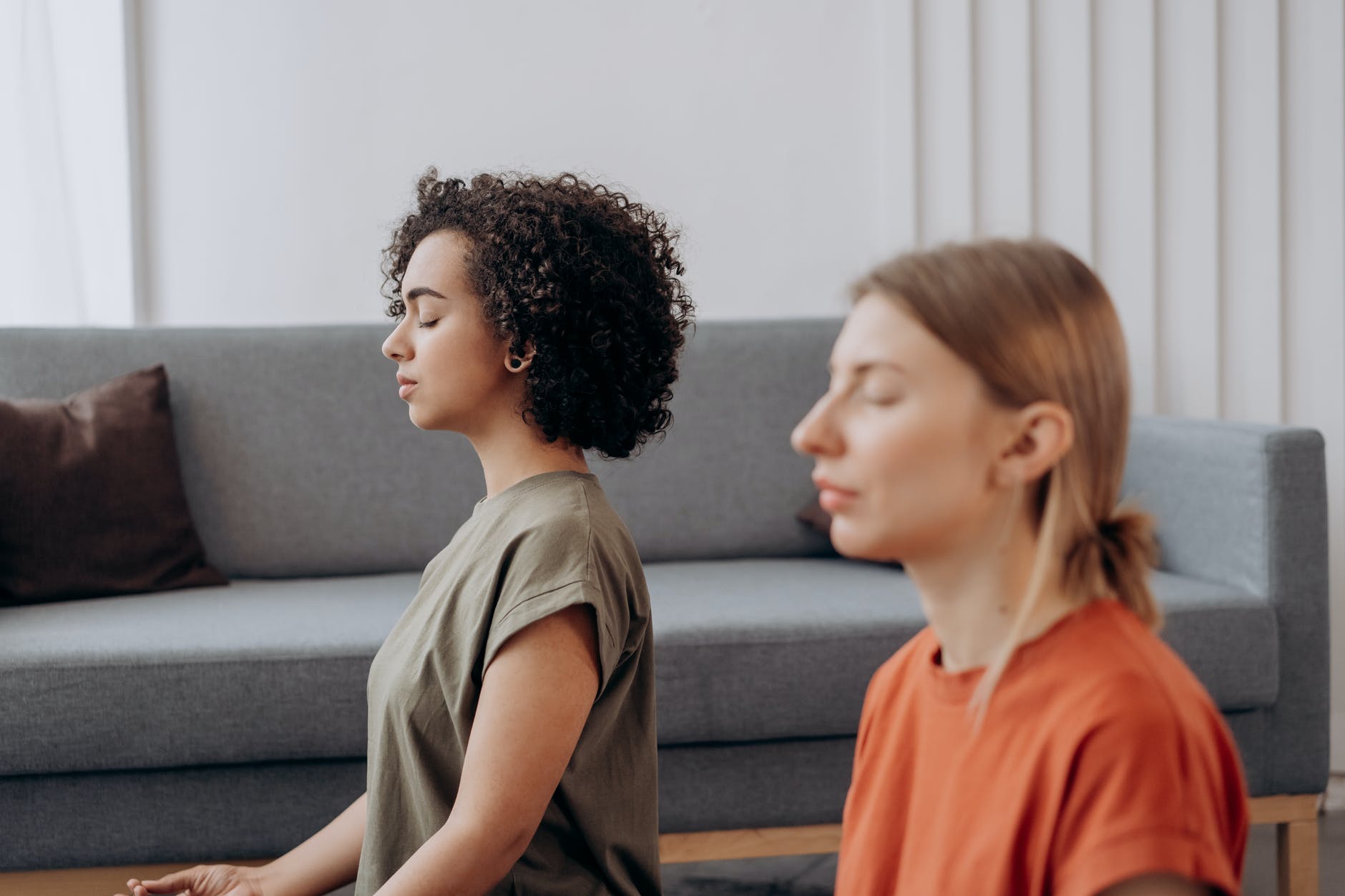What is Relaxation?
The actor’s body is an instrument that must be tuned up
(by Tonya Tannenbaum)
 (Photo: Mikhail Nilov | Pexels)
(Photo: Mikhail Nilov | Pexels)
Relaxation, in the world of acting, is an exercise (or series of exercises) that is useful for the release of unnecessary tensions or blockages in the body, to help an actor become fully present and in the moment.
The exercise is, perhaps, most associated with Lee Strasberg. The legendary acting teacher emphasized it as one of the key components of his Method, along with other techniques like Affective Memory and Concentration.
Your body is an instrument…
An actor is not much different from a musician who plays an instrument. Before practicing or performing, a musician might warm up or tune-up their instrument.
Actors must do the same thing. The major difference, of course, is that the actor’s instrument is their body.
Your body builds up stress and tension throughout the day. Many times, we don’t even notice it. That tension can prevent you from expressing yourself fully and freely in front of an audience.
Without a concerted effort to release this tension, you may not be able, for example, to cry if your character needs to cry. You may not be able to fully express emotions of joy, pain, sadness or fear. This tension can also make it harder to fully react to what your scene partner is giving you at a given moment.
This is where relaxation comes in. Relaxation is not just a matter of relaxing or replicating what you do on the weekends, when you have your feet up watching television. It’s an exercise meant to identify and eliminate blockages that might hinder your ability to be fully engaged. In other words, it’s a way to warm up your instrument – your body.
How is it done?
One popular method of relaxation is for an actor to sit in a very comfortable chair. Slowly you begin to move through various parts of the body, releasing tension as you go.
The actor’s body is an instrument that must be tuned up
You could, for example, begin from the bottom up. Starting with your toes, you can begin to wiggle them and move them around until you have released all tension. Then, you move slowly on to the feet and then to the ankles. Next, you move up through the leg muscles. You can bend and flex the muscles. You can also tense and flex them, to get them to release the unnecessary energy.
When the exercise is done, you’ll have gone through all areas of the body. That includes areas where tension is known to build up, like the shoulders, the neck, the head, facial muscles and the bridge of the nose.
You Might Also Like:
5 Basic Facts About Method Acting



